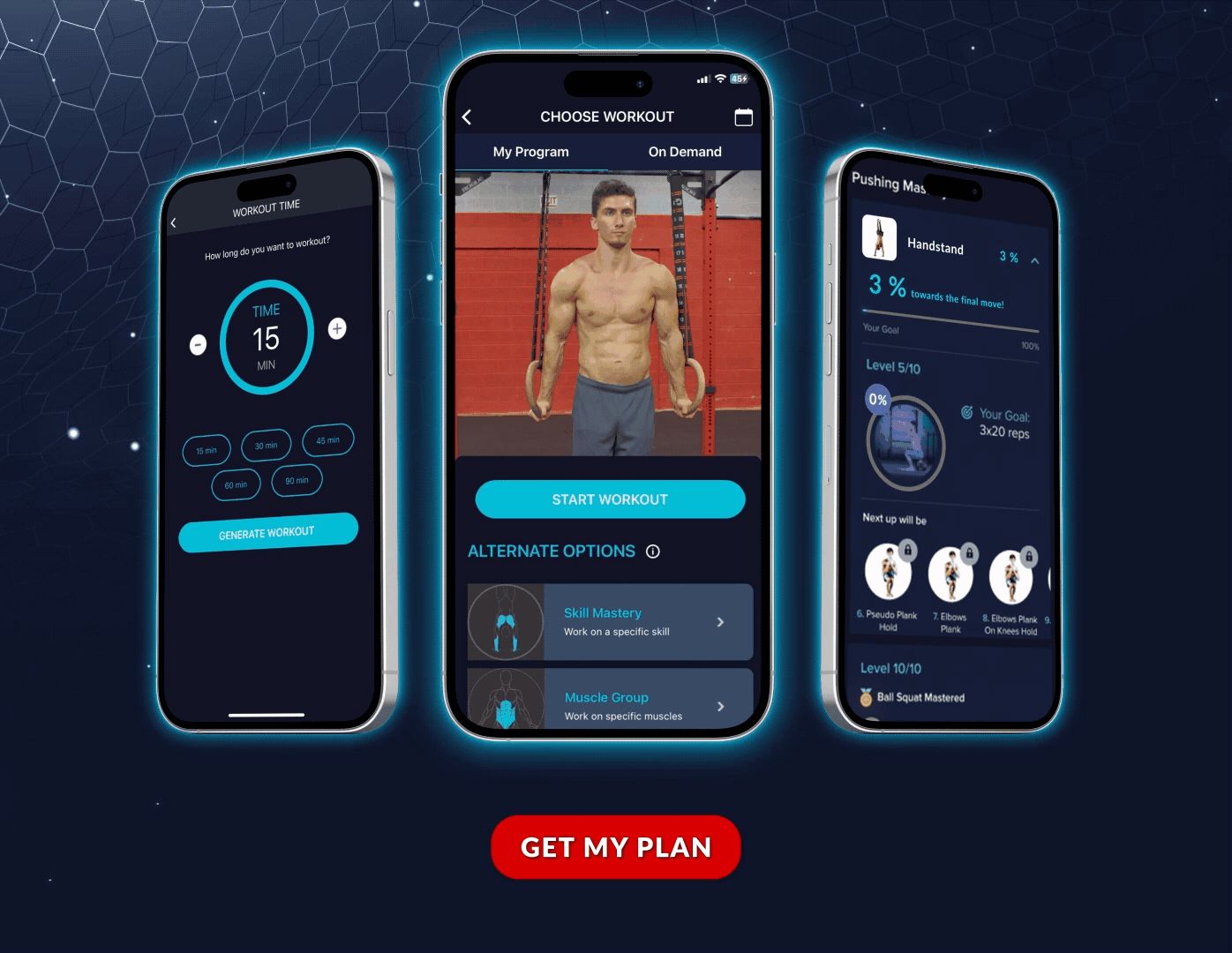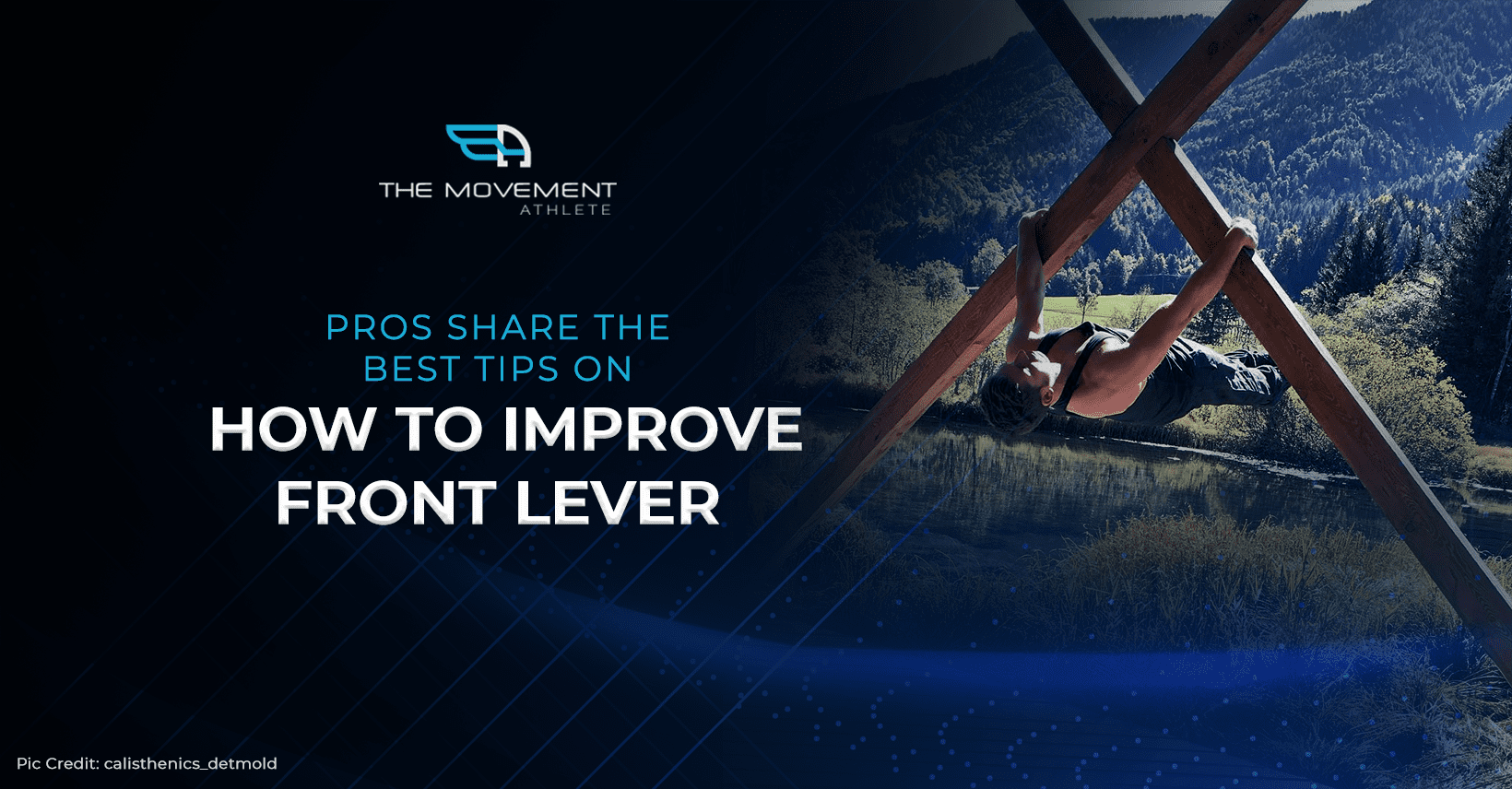

📖 Read Time: 7 Minutes
🏋️ Join the tribe of Movement & Calisthenics Athletes
People just like you that are working with their own body weight to get strength, lose fat, build muscle, recover from injuries and live their best lives!
There is no doubt that the front lever is a very challenging yet very awesome skill to master. Many have tried. Many have failed but many also succeeded. 💪
If you’re on your way to getting your front lever but you’re not quite there yet, here are the pro’s advice on how to improve your front lever! Ready to discover the secrets? Let’s dive in!
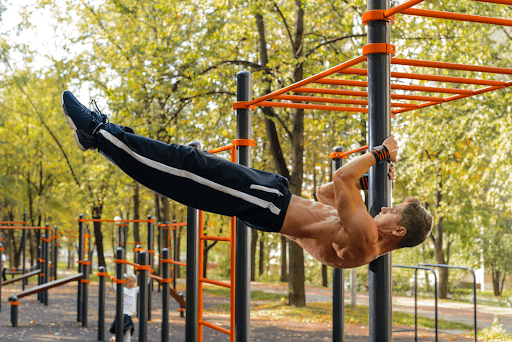
Train for a strong core with body line fundamentals. You’ll also unlock the dragon flag.
1. 👉 Have a very, very, VERY strong core – As you might have noticed by now, core strength is highly emphasized in beginning to the end of learning the front lever. Even the fundamental requirement of the skill is based on core strength.
This is because your core is the base for holding your whole body in the horizontal position. If you don’t have a strong core, you will never in a million years be able to hold or even go to a front lever position.
Planche seems like a move that also requires similar demands on the core compared to front lever but this is not the case. Planche relies much on your shoulder lean to lift your body up. With the front lever, much of the demand to lift your body is on your core.
But training your core with random exercises will not be enough. Yes, you’ll get a stronger core but you need your core exercises specific to your goals. This allows more translatable core strength to your front lever journey rather than just having a strong core for doing sit-ups for example.
Keep training your core but choose the right exercises specific to mastering the move.
Our bodyline fundamental shows a great example of progression you can follow. You can view it in another article that shows the requirements before attempting a front lever.
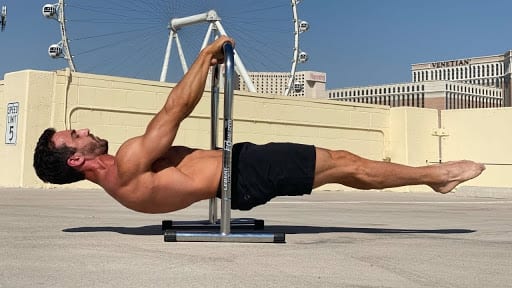
SimonStrength displaying a full body activation from head to toe.
2. 👉 Full-body activation – Even though we highly emphasize the need for strong abs, you should still aim for complete full-body activation.
You should have realized by now that calisthenics exercises demand a full-body activation. This means that even though your back, core and arms are doing the most work, your lower body should still be working to hold you the lever.
Keep your legs together and point your toes to maximize activation for the lower body.
For the upper body, keep everything in check including your hands. You shouldn’t be just hanging on the bar while activating the rest of your body. Squeeze the bar, rings or whatever tightly and feel your hands and forearms working to hold you in position.
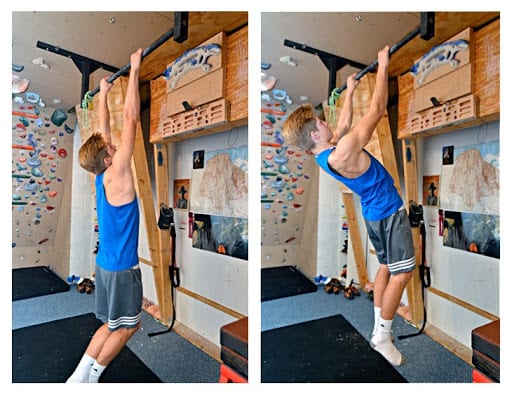
An athlete from Training for Climbing on how to strengthen your scaps. Stronger scaps mean stronger pull-ups. Stronger pull-ups mean stronger front lever.
3. 👉 Scapula strength and mobility – One aspect that people don’t realize is the need for scapula strength and mobility. The scapula is the bone that connects your upper arm to your shoulder joint. This is responsible for keeping your arms straight with the front lever.
Of course, your scapula will naturally get stronger by training the front lever variations. But you should also specifically strengthen and improve the mobility of your scapula to address and weakness.
To do this, scapula retractions are done on the bar. Just dead hang from a bar and pull your scapulas together to get 1 repetition of the exercise.
Without a strong and mobile scapula, you can kiss your dreams of getting a front lever goodbye.
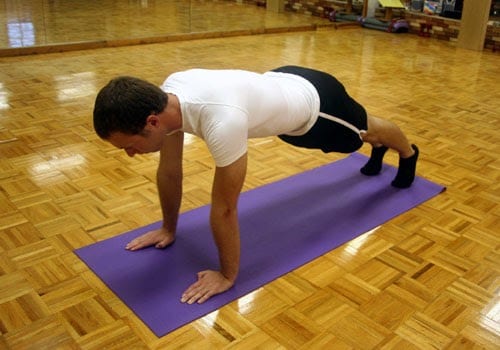
Straight arm scapular strength from scapula push-ups by Coach Levi
4. 👉 Straight arm strength – Considered perfect form of the front lever is done with straight arms. It’s a fundamental strength and skill component in calisthenics that a lot of people usually feels awkward with at the beginning.
When you first begin your fitness journey, hardly you encounter straight arm exercises, but if you dedicate yourself with training with calisthenics, especially calisthenics skills, expect loads of these.
Straight arm strength requires both shoulder, bicep and tricep activation. You’ll also feel the tension on your elbow joints so start slowly when practising this type of movement. Slowly ease your way while getting stronger in such an awkward position. Your body will get used to it in time. Don’t rush it! The last thing you’d want is a golfer’s elbow which is a common injury with straight arm exercises.
Partner this with strong scapula strength then you’ll get better with your straight arm strength!
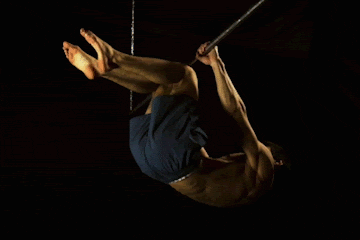
5. 👉 Set a strong appropriate progression before moving forward – Before moving to the next progression, be sure you have mastered the exercise you’re currently doing.
But you can learn a front lever even without holding the easier progressions for 60 seconds or more in one set.
If you practice easier ones for 60 seconds or more, you’ll only get more endurance for that specific skill only. Once you can hold the earlier progressions for 30 seconds, that will fine and you can now move to the more difficult progressions.
Remember that you’re training for strength to learn the harder progressions. Want to master these progressions? Get our complete front lever training guide for detailed progression steps.
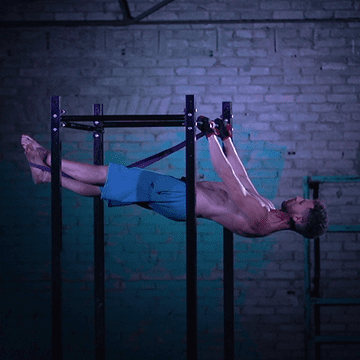
6. 👉 Use resistance bands – Band assistance is an excellent way to bridge your way from one progression to another.
When using the resistance bands, don’t take advantage of the assistance just to hold a progression for 2 to 4 seconds. Choose the bands that will allow you to hold at least 8 seconds so you can gain more from the exercise.
🎯 For a brief summary of the tips our advanced athletes:
1. ☑️ Train your core specific to the front lever
2. ☑️ Always aim for full-body activation
3. ☑️ Train for scapula strength and mobility
4. ☑️ Ease your way to strengthening your straight-arm capability
5. ☑️ Master the current progression but don’t overdo it
6. ☑️ Bands are great for progress
Take these tips in mind and you’ll surely be holding a front lever very soon in your front lever journey. 🚀
Do you have other tips you can give to other fellow Movement athletes learning the front lever?
Let us know in the comment section below.
Free Front Lever Training Guide
Download our complete guide to mastering the front lever
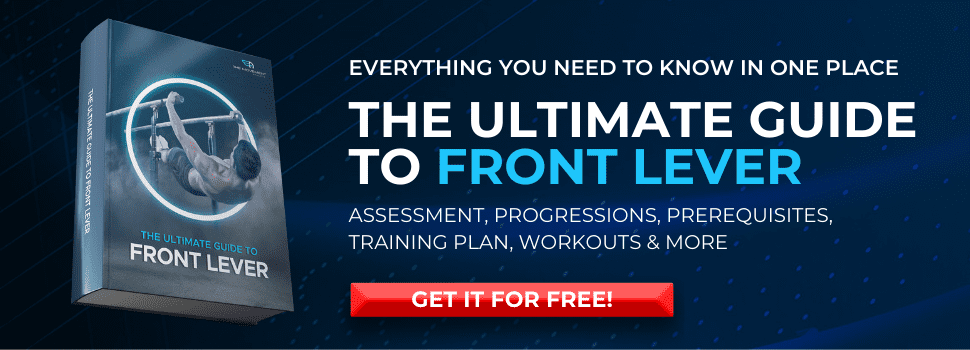
Related Articles You’ll Love:
Ready to get started?
Get your free personalized training plan now
